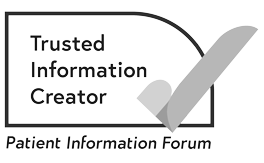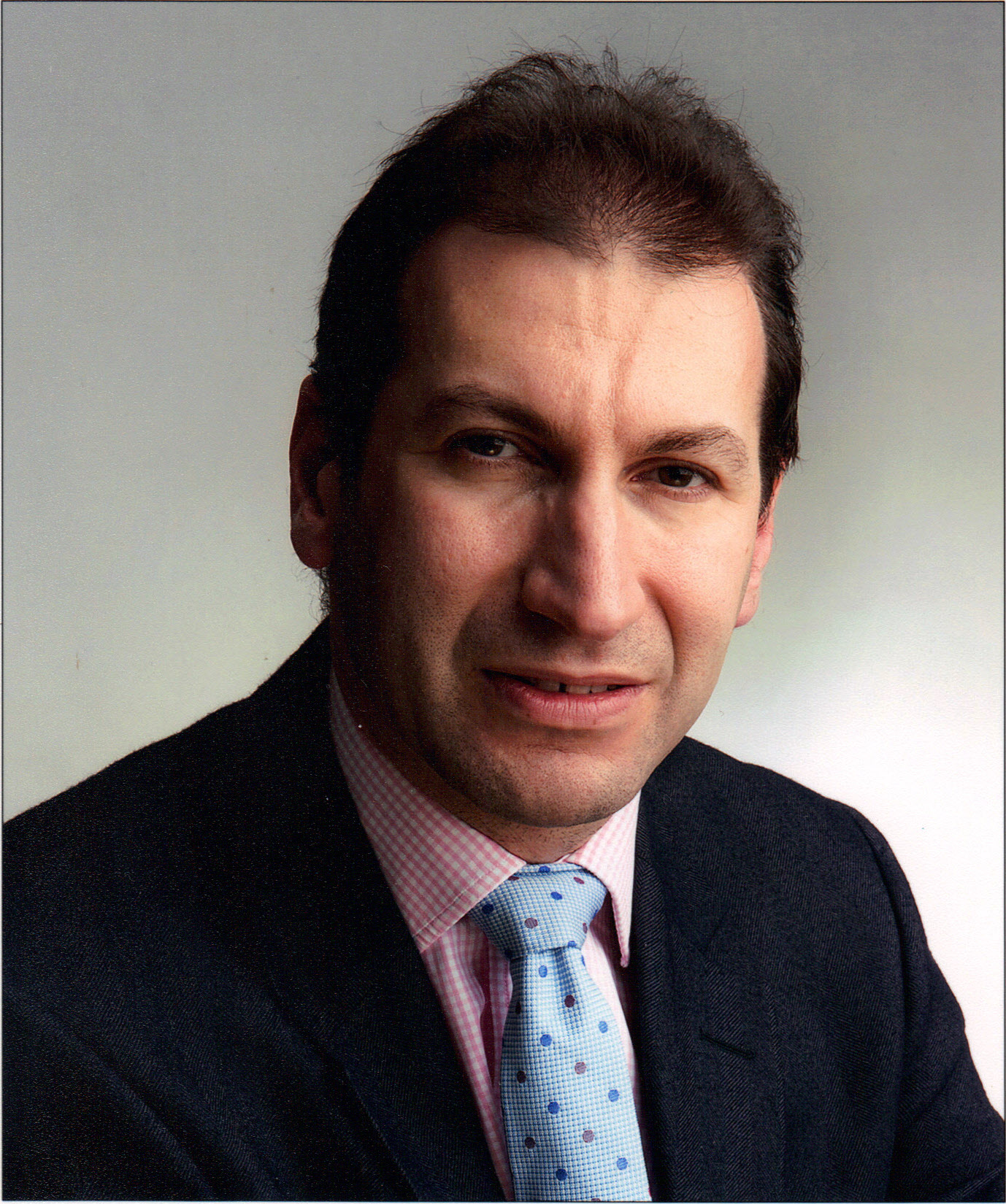Causes and risk factors of bile duct cancer
The causes of most bile duct cancers are unknown. But there are some factors that can increase your risk of developing it.
What are risk factors?
Bile duct cancer is rare. It is not usually clear what has caused bile duct cancer. But there are things called risk factors that can increase the risk of developing it. Having a risk factor does not mean you will get bile duct cancer. And not having a risk factor does not mean that you will not get it.
Age
Bile duct cancer is more common in people aged over 60. But younger people can get bile duct cancer.
Inflammation or irritation in the bile ducts
Long-term inflammation or irritation of the bile ducts can increase the risk of bile duct cancer developing. Things that can cause inflammation or irritation include the following:
-
Primary sclerosing cholangitis (PSC)
PSC is a rare condition that causes inflammation and narrowing of the bile ducts. People with this condition have an increased risk of bile duct cancer.
-
Bile duct cysts (choledochal cysts)
Some people are born with cysts in their bile duct. This is very rare. The cysts fill with bile and can cause problems such as jaundice (yellowing of the eyes and skin). These problems usually start in childhood but can start later.
-
Bile duct stones
If left untreated for a long time, stones in the bile duct can irritate the duct lining and increase the risk of cancer.
-
Liver fluke infection
In Asia, most bile duct cancers are caused by an infection from a parasite called the liver fluke. People can get infected with liver flukes by eating uncooked fish. The fish are infected with liver flukes.
-
Scarring of the liver (cirrhosis)
Cirrhosis can increase your risk of bile duct cancer. Common causes of cirrhosis include regularly drinking a lot of alcohol, or infection with the hepatitis B or hepatitis C virus.
Inherited conditions that increase the risk of bile duct cancer
Some gene changes that can be passed from parents to children (inherited) are linked to an increased risk of bile duct cancer. These include:
- Lynch syndrome – this also increases the risk of bowel cancer and womb cancer
- BRCA1 gene – this also increases the risk of breast cancer
- cystic fibrosis – this condition affects the lungs and digestive system.
Other factors
Some other things may increase the risk of bile duct cancer. These include:
- Diabetes – People with diabetes may have a higher risk of bile duct cancer.
- Obesity – Being very overweight can increase your risk of bile duct cancer.
- Hormonal contraceptives – Long-term use of oral contraceptives may increase the risk of bile duct cancer.
- Exposure to chemicals – Exposure to a chemical called Thorotrast increases the risk of bile duct cancer. Thorotrast was used in some x-rays until the 1960s. It is not used any more.
There may be other things that increase the risk of bile duct cancer, but there is not enough evidence to be sure.
Getting support
If you are worried about bile duct cancer and would like to talk to someone, we're here to help. You can:
- Call the Macmillan Support Line for free on 0808 808 00 00.
- Chat to our specialists online.
About our information
This information has been written, revised and edited by Macmillan Cancer Support’s Cancer Information Development team. It has been reviewed by expert medical and health professionals and people living with cancer.
-
References
Below is a sample of the sources used in our bile duct cancer information. If you would like more information about the sources we use, please contact us at informationproductionteam@macmillan.org.uk
Vogel, A. et al. Biliary tract cancer: ESMO Clinical Practice Guideline for diagnosis, treatment and follow-up. ESMO Annals of Oncology. 2022. 34,2; 127-140. Available at: pubmed.ncbi.nlm.nih.gov/36372281/ [accessed March 2023]
Lowe, R.C. et al. Clinical manifestations and diagnosis of cholangiocarcinoma. UpToDate 2023. Available at: www.uptodate.com/contents/clinical-manifestations-and-diagnosis-of-cholangiocarcinoma [subscription only, accessed March 2023]
Pemigatinib for treating relapsed or refractory advanced cholangiocarcinoma with FGFR2 fusion or rearrangement 2021. National Institute for Health and Care Excellence (NICE). Available at: www.nice.org.uk/guidance/ta722/resources/pemigatinib-for-treating-relapsed-or-refractory-advanced-cholangiocarcinoma-with-fgfr2-fusion-or-rearrangement-pdf-82611190679749 [accessed March 2023]
Date reviewed

Our cancer information meets the PIF TICK quality mark.
This means it is easy to use, up-to-date and based on the latest evidence. Learn more about how we produce our information.
The language we use
We want everyone affected by cancer to feel our information is written for them.
We want our information to be as clear as possible. To do this, we try to:
- use plain English
- explain medical words
- use short sentences
- use illustrations to explain text
- structure the information clearly
- make sure important points are clear.
We use gender-inclusive language and talk to our readers as ‘you’ so that everyone feels included. Where clinically necessary we use the terms ‘men’ and ‘women’ or ‘male’ and ‘female’. For example, we do so when talking about parts of the body or mentioning statistics or research about who is affected.
You can read more about how we produce our information here.





